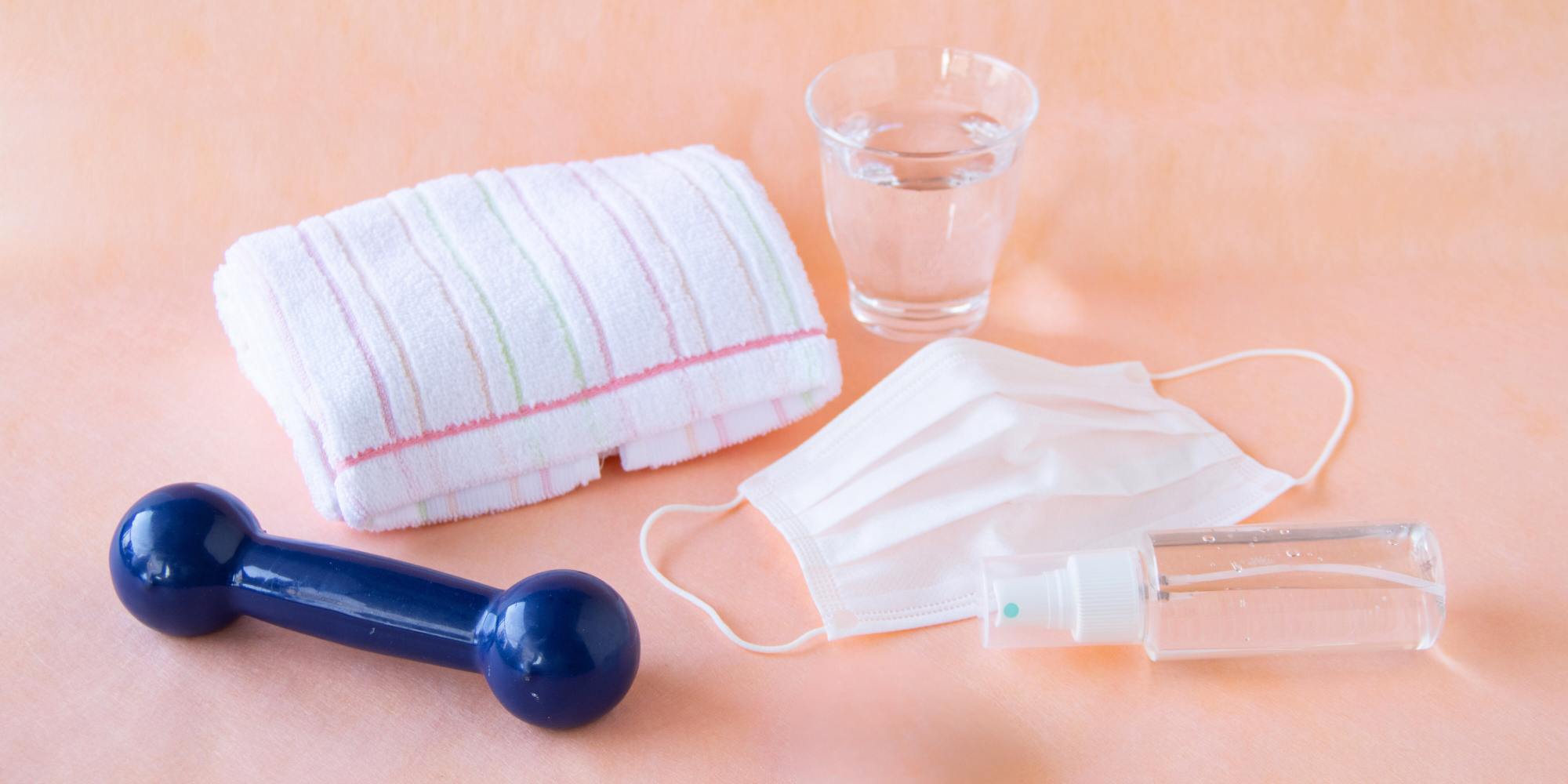Over the past three decades, I have worked with more cardiac rehab patients than I can count.
When I used to work in a clinical setting, my goal with each patient was to help them establish an appropriate exercise routine following their heart event. The individual guidance I provided varied; some patients needed a gentle push to increase their workload while others worked too hard too soon and needed a stern lecture about pacing themselves during recovery. I thought I’d seen it all.
Nothing prepared me for what was shared during the recent American College of Sports Medicine presentation, Customizing the Exercise Prescription Relative To COVID-19 Severity. There is much to learn about the COVID recovery process, but what I was particularly shocked to learn was the return to exercise recommendations after a COVID-19 infection. As you will see below, the return to previous activity levels even for those individuals who had been physically fit before testing positive is notably conservative.
Post-COVID Suggested Return to Activity Rates:
- Minimum Rest Period – 10 days after symptoms start and 7 days after being symptom-free
- Return to Participation – begin with light activity for the first 2 days with an exercise duration of less than 15 minutes
- Return to Activity – progressively increase exercise time for 30, 45, and 60 minutes over several days.
- Return to Training – the earliest day to resume training is on day 17 post-illness
It appears that even those who were physically fit prior to illness and only experienced mild symptoms, often have difficulty restarting their exercise routine following a COVID-19 infection. It is especially important to gradually build up your exercise routine after testing positive for COVID-19. Resuming exercise in the early stages of recovery is linked to myocarditis, myocardial damage, and heart failure in some post-COVID individuals. It can also exacerbate heart arrhythmias.
If you have had COVID-19, here are some suggestions that can help you safely return to physical activity:
- Give yourself permission to start slowly and build your stamina over time. It’s ok to begin with 15-20 minutes, or even less if needed, and gradually build to your previous exercise routine or begin a new one!
- As you gradually increase your activity, be mindful of your most limiting symptom which might include shortness of breath, fatigue, or something else. Set realistic expectations with that limitation in mind.
- When you are ready to begin exercising, schedule challenging activities when you are fresh and energetic. Starting when you are most energetic, you can avoid excessive fatigue and likely, complete the exercise(s).
- Rest when you need to. The recovery process is different for everyone so listen to your body's cues and let them be your guide.
While data is still being collected, it is important to remember that there is still much we don’t know about this disease. I for one am looking forward to more evidence-based guidelines in the future. In the meantime, hopefully, you will find these tips useful. Getting back to your regular exercise habits post-COVID takes time so please remember to go easy on yourself!



